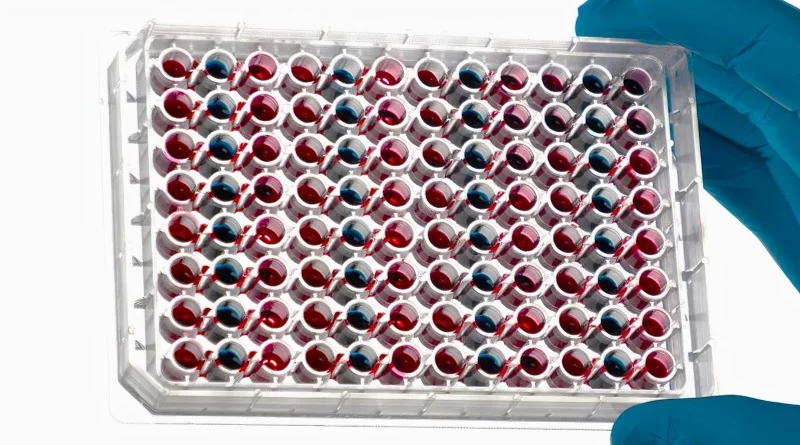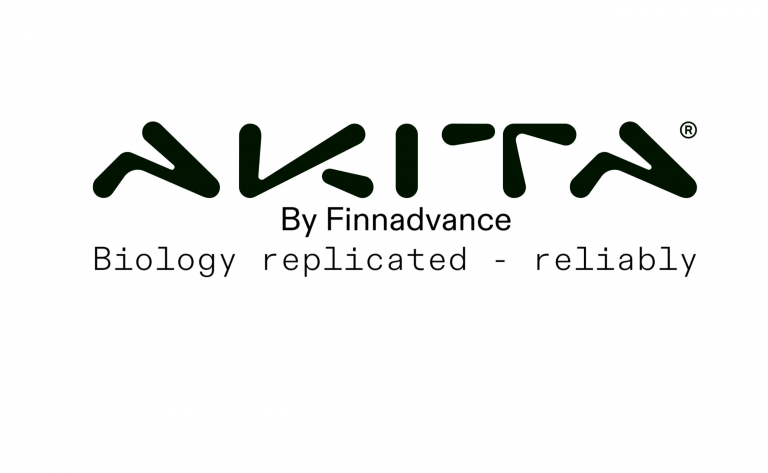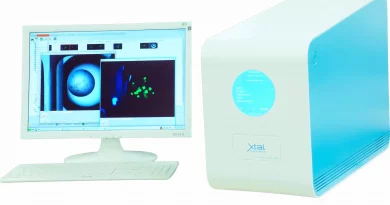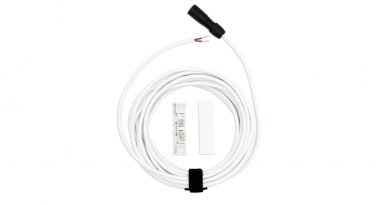Microfluidic Platform for Advanced In Vitro Research – AKITA® Plate96-Single
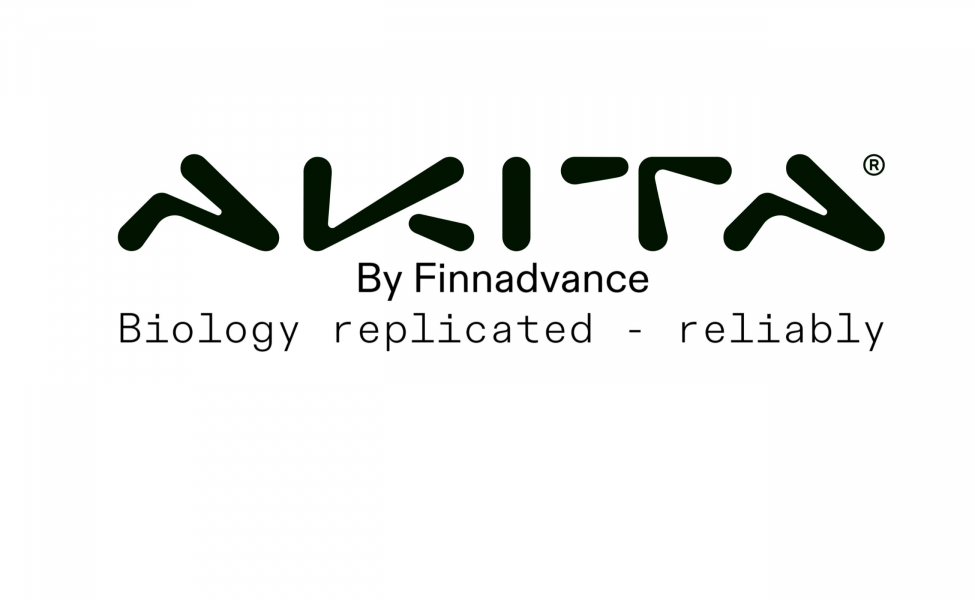
The state-of-the-art microfluidic platform AKITA® Plate96-Single is designed to address the growing demand for physiologically relevant in vitro models. Its adaptable design supports various applications, including vascular barriers, organoids, endothelial-epithelial barriers, and 2D or 3D cell cultures. The AKITA® Plate96-Single is an indispensable tool for drug discovery, toxicology, and biomedical sciences.
Microfluidic Platform for Advanced In Vitro Research
The AKITA® Plate96-Single represents a transformative step in in vitro research, offering unparalleled precision and versatility. Its compatibility, advanced membrane technology, and user-friendly design make it an essential tool for researchers aiming to bridge the gap between traditional cell culture models and physiologically relevant systems. By enabling dynamic and reproducible experiments, the Plate96-Single is setting a new standard for organ-on-chip and tissue engineering studies.
Supporting Complex In Vitro Models for Drug Discovery
The innovative microfluidic platform AKITA® Plate96-Single is tailored to meet the needs of modern drug discovery research. It serves as an essential tool for studies focusing on vascular barriers, organoids, endothelial-epithelial interfaces, and both 2D and 3D cell cultures. With its flexible design, the Plate96-Single supports mono- and co-culture systems, accommodating both short- and long-term experimental protocols. This platform enables researchers to create in vitro models that simulate physiologically relevant conditions with precision and reproducibility, providing a powerful tool for identifying therapeutic targets, evaluating drug efficacy, and predicting safety profiles in preclinical drug discovery.
Seamless Integration with Standard Laboratory Equipment
One of the standout features of the AKITA® Plate96-Single is its adherence to the ANSI-SLAS-standard 96-well plate format, ensuring compatibility with standard laboratory equipment such as robotic liquid handlers, automated imaging systems, and high-throughput screening devices. Unlike other platforms that rely on polydimethylsiloxane (PDMS), the Plate96-Single is constructed entirely of low-adsorption plastics. This design minimises compound loss and experimental variability, making it highly reliable for assays that require precise control over fluid dynamics and chemical stability.
Advanced Membrane Technology for Versatile Applications
The Plate96-Single incorporates porous membranes tailored to specific research applications. Membranes are available in pore sizes of 1 µm, 3 µm, and 10 µm, enabling experiments ranging from non-physical co-culture separation to active cell migration studies. Additionally, the platform supports Bio-Sup™ membranes, which are biodegradable and biocompatible, catering to the needs of dynamic tissue engineering and organoid growth experiments. The focal distance of 10–15 µm from the plate bottom to the membrane ensures optimal imaging compatibility and supports a diverse range of cellular interactions.
Dynamic and Pump-Free Perfusion for Physiological Relevance
Dynamic flow conditions are critical for mimicking in vivo environments, and the AKITA® Plate96-Single achieves this through its integration with the AKITA® Wave Rocker. This accessory eliminates the need for external pumps, creating fluid movement that accurately simulates microvascular shear stress. The Wave Rocker is designed for scalability, accommodating up to 4 plates, with the possibility of upgrading to 16 plates. It features programmable settings for angle (-40° to +40°) and speed (1–20 rpm). This system facilitates precise and reproducible perfusion, making it ideal for experiments that require consistent dynamic conditions over extended periods.
Broad Applications Across Preclinical & Drug Discovery Research
The versatility of the Plate96-Single microfluidic platform makes it suitable for a wide range of applications, including:
- Vascular Barriers: The platform excels in studies focused on creating and maintaining vascular barriers. These models are crucial for understanding the dynamics of endothelial cell function and permeability under physiological and pathological conditions.
- Organoid & Tissue Culture: The Plate96-Single provides an ideal environment for growing and maintaining organoids and engineered tissues. Its design supports both static and dynamic culture conditions, enabling the development of highly representative tissue models.
- Endothelial-Epithelial Barriers: The plate is ideally suited for research on the structural and functional properties of endothelial and epithelial barriers. These studies are essential for investigating interactions between tissues and the external environment or circulatory systems.
- 2D & 3D Cell Culture: The platform accommodates both two-dimensional and three-dimensional cell culture systems, offering researchers flexibility in experimental design and scalability.
- Mono & Co-Culture: With the capability to support both single-cell-type cultures and co-culture systems, the Plate96-Single facilitates studies on cell-cell interactions, signaling, and tissue organisation.
- Short & Long-Term Studies: The robust design of the Plate96-Single makes it suitable for experiments ranging from short-term analyses to long-term investigations, ensuring consistent performance over extended durations.
Optimised Readouts for Comprehensive Data Analysis
The AKITA® Plate96-Single is designed to support a wide range of analytical techniques, ensuring researchers can generate high-quality, comprehensive data for advanced studies. The platform is fully compatible with both automated and manual imaging systems, enabling fixed and live imaging on standard and confocal microscopes for detailed visualization of experimental outcomes. Barrier integrity can be rapidly and reliably assessed using the AKITA® TEER Lid or fluorescent probes, providing crucial data on endothelial and epithelial barrier functions. Immune cell migration studies benefit from precise analysis through flow cytometry (FACS) and microscopy, delivering granular insights into cell dynamics and interactions.
In addition to these capabilities, the platform enables accurate monitoring of cell health using formazan-based assays and live-cell imaging to evaluate viability under various experimental conditions. The Plate96-Single also supports efficient sampling for downstream analyses, allowing for the collection of DNA, RNA, protein, and live cells for flow cytometry and omics studies. Culture media can likewise be harvested for pharmacokinetic and pharmacodynamic (PK/PD) evaluations, expanding its utility in drug discovery and translational research applications.
Comprehensive Protocols for Cutting-Edge Research
The Plate96-Single is supported by a library of detailed protocols, which guide researchers in leveraging the platform’s capabilities across various applications:
- Blood-Brain Barrier (Primary Cells): Detailed methods for cultivating blood-brain barrier models using primary cells, enabling research on permeability and barrier integrity.
- Cerebral Organoid Cultivation (IPSC-Derived): Protocols for growing cerebral organoids derived from induced pluripotent stem cells, useful for studies in neurodevelopment and neurodegeneration.
- Vascularization and Immune Cell Migration (Primary Cells): Guidelines for investigating vascularization processes and immune cell dynamics using primary cell models.
- Vascular Sprouting (Primary Cells): Methods for exploring angiogenesis and the mechanisms driving vascular sprouting.
- Cancer Spheroid Generation: An upcoming protocol designed for generating cancer spheroids to study tumor growth and therapeutic responses.
- Skin Models (Primary Cells): Detailed cultivation methods for primary skin cell models, supporting research in wound healing and dermatology.
- Lung Models (A549 & Primary Cells): Protocols for cultivating vascularized or non-vascularized lung tissues, facilitating respiratory research.
- Colon Models (Caco2 & Primary Cells): Methods for studying vascularized or non-vascularized colon tissues in gastrointestinal research.
- Bone Tissue Models (U2OS Cells): Guidelines for culturing bone tissue models to study osteogenesis and bone-related diseases.
The platform also supports assay-ready kits, including:
- Vascularization and Immune Cell Migration Kit: A pre-configured solution for studying these processes with primary cells.
- Human Blood-Brain Barrier Kit: An upcoming kit tailored for the study of blood-brain barrier integrity using IPSC-derived cells.
Peer-reviewed publications, including those by Nguyen et al. (2024) in Tissue Barriers and Saglam-Metin et al. (2023) in Stem Cell Reports, validate its performance and impact. These studies highlight the Plate96-Single’s ability to generate reliable, high-impact data, making it a trusted solution in preclinical and drug discovery research.
AKITA® Plate96-Single Specifications
The Plate96-Single is engineered with precision to meet the rigorous demands of cutting-edge research:
- Plate Format: ANSI-SLAS-standard 96-well configuration.
- Independent Tests: Supports up to 32 tests per plate.
- Volumes: Each test chamber accommodates a total volume of 415 µL.
- Flow Rates: Adjustable from 0 to 0.4 µL/h to replicate microvascular shear stress.
- Storage: Plates have a shelf life of six months and should be stored at room temperature, protected from light.
- Membrane Area: 7.0 mm² with focal distances of 10–15 µm for imaging optimisation.
- Membrane Options:
- 1 µm pores: Segregated co-cultures with no direct interaction
- 3 µm pores: Physical interaction between co-cultured cells
- 10 µm pores: Facilitates cell migration studies
- Bio-Sup™ Membranes: Biodegradable, biocompatible materials
For more information, please contact AKITA today.
Quick Contact AKITA

